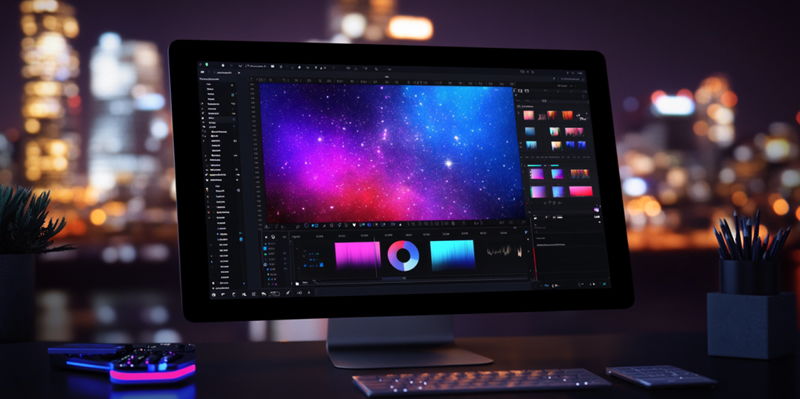OpenAI has unveiled a groundbreaking feature called Canvas within its flagship application, ChatGPT, significantly advancing user interaction with AI-generated content. This cutting-edge addition follows OpenAI’s historic $6.6 billion funding round, signaling robust financial backing and ongoing innovation. By enabling users to directly edit and modify chatbot outputs in real-time, Canvas is poised to revolutionize the editing workflow, marking a pivotal shift in how users engage with AI outputs for various practical applications.
The Evolution of ChatGPT: Introducing Canvas
Canvas is meticulously designed to transform user interaction with AI-generated content by introducing a side-by-side panel view for granular edits directly within the chat window. Whether users are drafting an email or refining lines of code, Canvas aims to streamline the revision process, obviating the need for repeated reprompts and extensive scrolling through different drafts. This enhancement allows users to make precise adjustments with ease, reflecting a significant improvement in usability and efficiency.
Traditional vertical chat interfaces posed considerable limitations for projects involving substantial back-and-forth revisions. Daniel Levine, the product manager for Canvas, explained that Canvas addresses these limitations by offering a more intuitive interface, particularly beneficial for writing and coding tasks. This innovative approach ensures that users spend less time navigating through multiple versions and more time perfecting their outputs, enhancing overall productivity and user satisfaction.
A New Standard in AI Usability: Side-by-Side Editing
Activating the Canvas feature ushers users into a dynamic interface designed to enhance their editing workflow. As part of the model picker, the Canvas window can auto-detect when its capabilities might be beneficial or can be manually activated with prompts like “Use Canvas.” This interface displays the text generated by ChatGPT, allowing users to refine and polish drafts efficiently and elegantly.
Canvas includes an array of shortcuts to adjust text length, reading level, and add emojis or final touches, making it exceedingly user-friendly. For developers, the version tailored for coding tasks includes line numbers and context-specific shortcuts for bug fixing, code review, and porting to different programming languages. These targeted tools simplify complex coding tasks, reinforcing OpenAI’s commitment to pushing the boundaries of AI usability and ensuring a more streamlined workflow for users.
Industry Trends: Competing with Anthropic’s Claude Artifacts
Canvas positions OpenAI directly against Anthropic’s Claude Artifacts, another side-panel AI editing tool launched in June 2024. Both features aim to provide users with a more seamless and intuitive editing experience, underscoring a broader industry trend toward enhanced usability in AI applications. Claude Artifacts is known for its simplicity, allowing users to visualize code through prompt-generated prototype websites or games, while Canvas focuses on providing a dynamic and user-friendly interface for editing chatbot outputs.
These advancements reflect a shared vision in the industry to empower users with sophisticated editing capabilities within their chat windows. Smaller AI players like Hyperwrite, Jasper, and JotBot also emphasize seamless and collaborative chatbot interactions, mirroring the same industry focus. By prioritizing usability and interface intuitiveness, these companies aim to make AI-generated content more accessible and efficient for users, fostering an environment of continuous innovation and enhanced productivity.
Enhancing User Experience in Writing and Coding
The introduction of Canvas is particularly significant for professional environments where writing and coding are central activities. By allowing more precise edits within the chat interface, OpenAI eliminates the inconvenience of reprompting ChatGPT and sorting through multiple drafts. Users now have the capability to make focused adjustments, increasing efficiency and saving valuable time. This enhancement is especially beneficial for writers and coders, who require a streamlined process to perfect their outputs.
In coding, Canvas offers targeted tools for bug fixing, adding comments, and reading different coding languages. These capabilities simplify complex coding tasks and enhance overall productivity, reflecting OpenAI’s dedication to improving user experiences in professional settings. By providing a more intuitive and efficient interface for writing and coding tasks, Canvas underscores OpenAI’s commitment to creating practical, user-centered solutions that facilitate smoother and more efficient workflows.
A Collaborative Future for AI
OpenAI has rolled out an innovative feature called Canvas within its ChatGPT application, dramatically enhancing how users interact with AI-generated content. This latest addition comes on the heels of OpenAI’s impressive $6.6 billion funding round, which highlights strong financial support and a commitment to ongoing innovation in AI technology. Canvas sets itself apart by allowing users to edit and modify chatbot outputs directly in real-time, offering a seamless editing experience. This significant upgrade is expected to transform the editing workflow, making the process more intuitive and efficient. By providing the ability to interact with and refine AI-generated content on the spot, Canvas opens new avenues for practical applications across various fields. This development marks a crucial evolution in user engagement with AI, cementing OpenAI’s role as a leader in advancing artificial intelligence capabilities. With this new feature, users can look forward to a more dynamic and interactive experience, enabling them to utilize AI in more versatile and effective ways.

